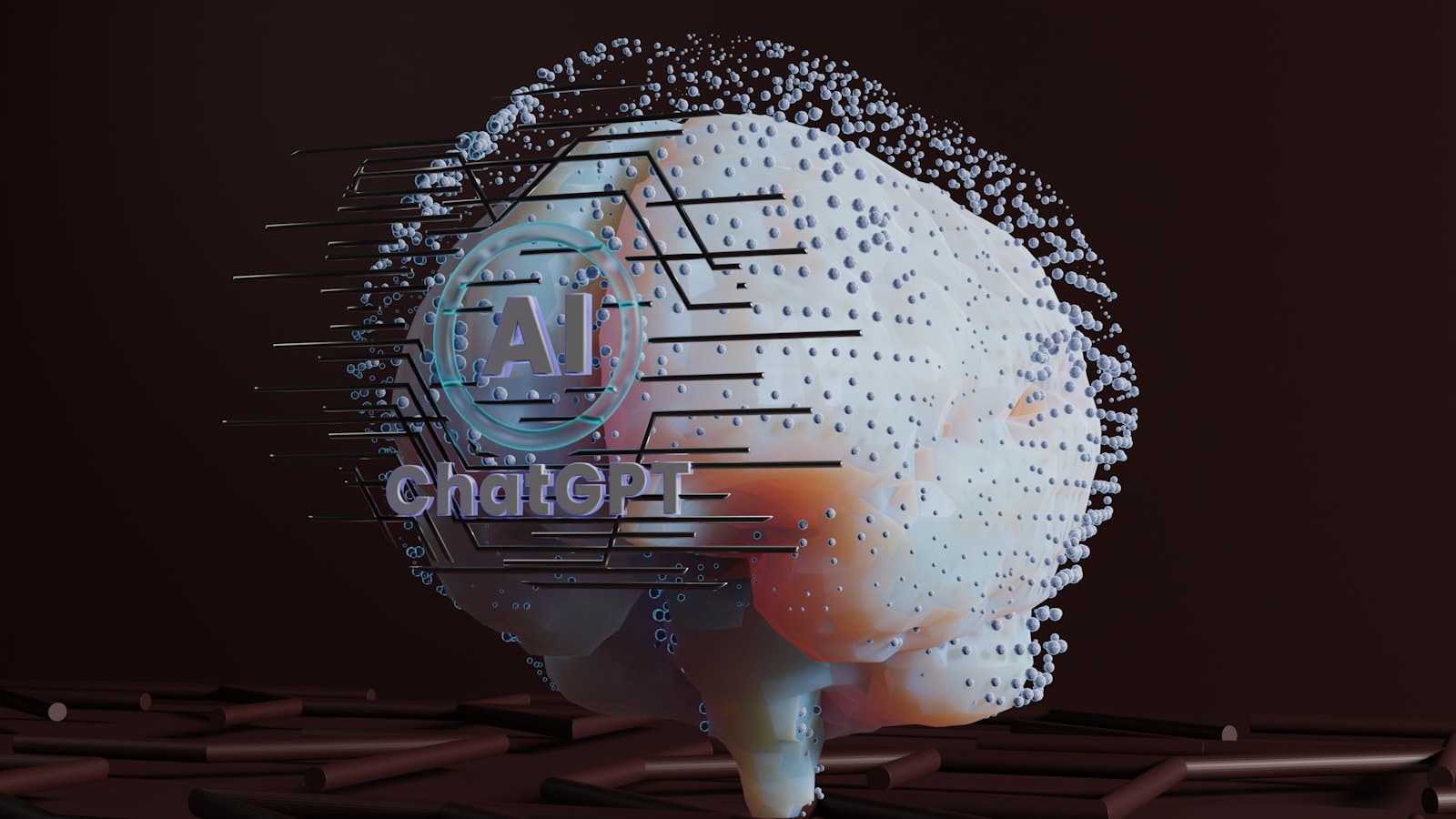With the rapid advancements in artificial intelligence, research methodologies are evolving. The latest ChatGPT AI agent is a powerful tool that enhances deep research by providing instant access to relevant information, summarizing complex topics, and offering intelligent insights. Whether you are a student, journalist, analyst, or researcher, understanding how to use this tool effectively can significantly streamline your workflow. This guide provides a step-by-step approach to making the most of ChatGPT AI for in-depth research.
Step 1: Defining Your Research Goals
Before diving into ChatGPT, it’s essential to define your research objectives. Determine what information you need, the scope of your study, and any specific questions you want to answer. Having a clear research goal ensures that you get precise and relevant responses from the AI.
Step 2: Structuring Your Queries for Accuracy
To get the most accurate and relevant results, structuring your queries effectively is crucial. Follow these best practices:
- Use specific keywords and phrases related to your topic.
- Ask direct and clear questions to avoid vague or broad responses.
- Provide context where necessary to refine the AI’s understanding of your query.
For example, instead of asking, “Tell me about climate change,” a more refined query would be, “What are the key factors contributing to climate change in the 21st century?” This ensures a focused and insightful response.
Step 3: Utilizing ChatGPT for Literature Review
A crucial aspect of deep research is reviewing existing literature. ChatGPT can assist by:
- Summarizing academic papers, articles, and reports.
- Identifying key themes and trends in scholarly research.
- Providing citations and sources (if available) for further reading.
By leveraging these capabilities, researchers can quickly gather comprehensive background information on their topic of interest.
Step 4: Analyzing and Comparing Different Perspectives
ChatGPT can also help in exploring different viewpoints on a subject. By asking for comparative analyses or opposing arguments, researchers can gain a well-rounded understanding of their topic. This is particularly useful for:
- Evaluating bias in research.
- Understanding differing academic or industry opinions.
- Forming a balanced and objective conclusion.
For example, you can ask, “What are the arguments for and against artificial intelligence in healthcare?” to get a nuanced perspective.
Step 5: Generating Summaries and Insights
After gathering a wealth of information, synthesizing it into digestible insights is the next step. ChatGPT can assist by:
- Summarizing long reports or articles into key takeaways.
- Highlighting patterns and recurring themes in your research.
- Structuring information into outlines for reports or presentations.
Step 6: Verifying and Cross-Checking Information
While ChatGPT is a powerful research assistant, it’s essential to verify the information it provides. Cross-reference findings with reputable sources, academic journals, or industry reports to ensure accuracy. AI-generated responses should be used as a starting point rather than a sole reference.
Step 7: Refining Your Research with Iterative Queries
Deep research is an ongoing process, and refining queries based on initial findings can lead to deeper insights. Engage with ChatGPT iteratively by:
- Asking follow-up questions to clarify ambiguities.
- Exploring additional angles of your topic.
- Requesting examples or case studies for better context.
Conclusion
The new ChatGPT AI agent is a game-changer for deep research, offering efficiency and intelligence in information gathering, analysis, and synthesis. By following this structured approach, users can maximize the potential of AI in their research endeavors. However, always remember to validate findings and critically evaluate AI-generated content to maintain the highest standards of accuracy and credibility in your work.






